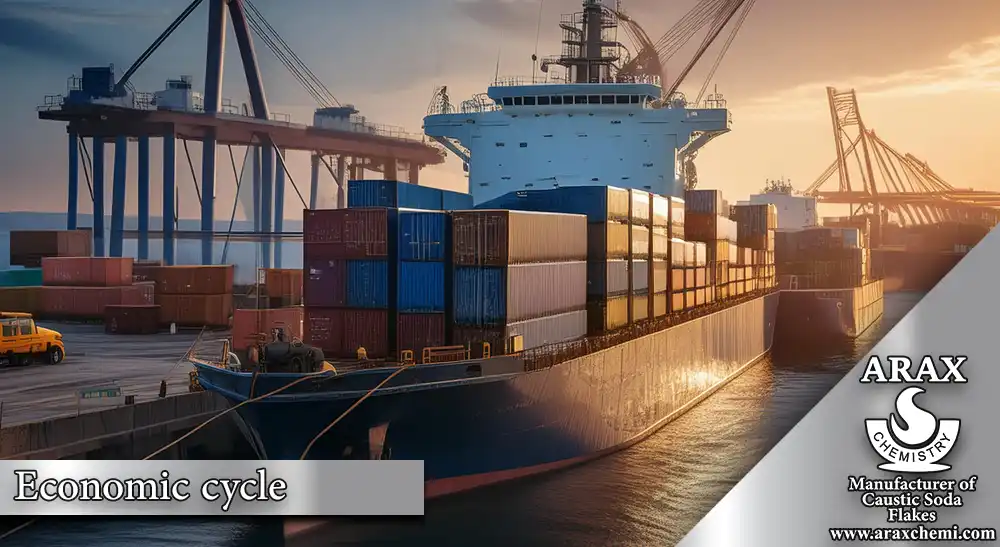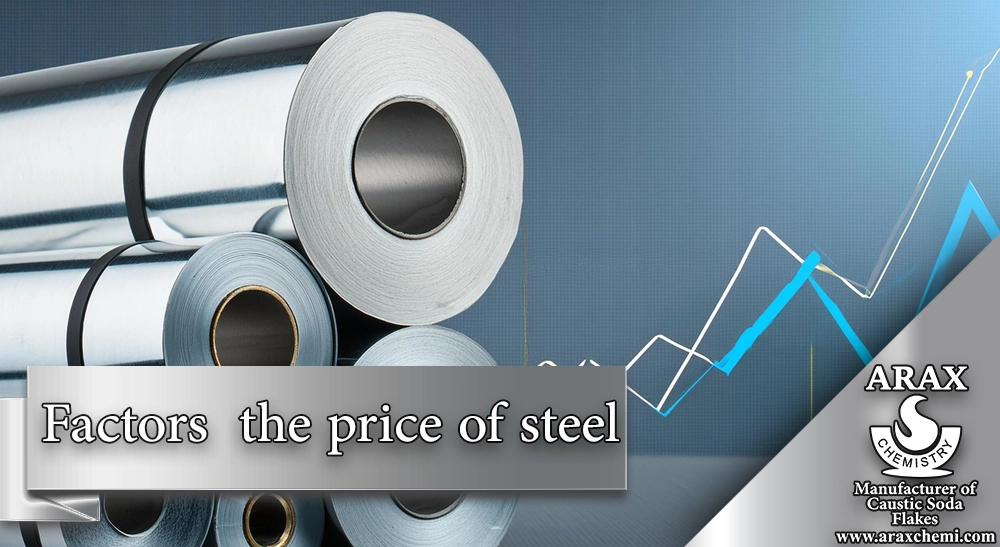Factors affecting the price of steel
The steel industry is an important part of the world economy, whose fluctuations have a deep impact on the industries and economies of countries. On a national scale, thousands of jobs and businesses are directly related to this industry, and in order to survive in this market, they must continuously monitor and analyze steel developments and adapt to the changing market. In this article, to understand the cycle of the steel industry and the process of determining its price, we take a look at the factors affecting the future prospects of steel.
Steel, a valuable alloy
This vital alloy of today’s industrial world has been used by humans for thousands of years as an alloy of iron and carbon. In the 19th century, with the beginning of the industrial revolution, steel production techniques improved and its use in various industries increased. With industrial progress and the development of transportation infrastructure, steel as a strategic alloy forms the skeleton of many modern industries.
In its simplest form, steel is a combination of iron and carbon, but other elements such as manganese, nickel, chromium and vanadium can be added to create different properties and applications. The most famous type of steel is stainless steel, which contains chromium and nickel.
Factors affecting the price of steel
Due to its high importance in industries, the price of steel is influenced by many factors and understanding these factors that affect the price is very important for companies that operate in the steel industry. We will examine some of the most important of them
- Law of supply and demand
- Production costs
- transport cost
- Economic cycle
- Advancement of technology
- Political and commercial laws

Law of supply and demand in steel
Steel price forecasting requires not only current conditions, but also a careful assessment of the important law of supply and demand. The demand and supply of steel in the market has a significant effect on its price. If the demand for steel increases but the supply stays the same or decreases, the price of steel usually increases. On the other hand, inventory more than demand can lead to a decrease in the price because the blind increase in production causes an irrational increase in the price of steel raw materials, and on the other hand, the inventory of steel continues to grow, and as a result of excess supply, the price falls.
Production costs in steel
Fluctuation in the price of steel raw materials such as iron ore and recycled iron significantly affects the price. During the shortage of raw materials, the demand and thus the cost of materials increases. If you are in a country with a shortage of natural resources and dependent on iron imports, these fluctuations will increase. In addition, sometimes fluctuations in the price of raw materials can cause a decrease in demand or a change in the use pattern of steel in some industries, which may ultimately lead to a decrease in the price of steel. Energy costs are also a vital indicator due to the significant need for energy in steel manufacturing plants.
Shipping costs in steel
In the steel industry, the transportation of raw materials for the production of steel, as well as the transportation of its products, has a direct impact on the final price. Transportation costs include the costs related to the transfer of raw materials from the mine to the steel factory. the transportation of steel products from the factory to the consumer markets, as well as the costs related to export and import. One of the factors that affect transportation costs is political policies and restrictions. Changes in international shipping policies may increase costs and cause shipping scheduling problems. In addition, the rates and taxes of transportation can also have an effect on transportation costs. Labor costs are also an important part of transportation costs. Costs related to haulage workers, drivers, loading and unloading workers. and other transportation-related employees can have a significant impact on overall transportation costs. Also, fuel and energy prices are among the factors that can affect transportation costs. Changes in fuel prices directly affect transportation costs. Another factor that can affect costs is the choice of mode of transportation. Depending on the distance and time requirements, different transportation methods such as road. rail and sea can be used. Each transportation method has its own costs and schedule.

Economic cycle in steel
Due to the dependence of the domestic steel market on the global markets, the price changes are at the global level. International steel prices strongly affect all domestic steel prices. When the price of steel increases internationally, the price of domestic steel cannot continue to decrease. The financial crisis of 2008, which affected the United States and spread to the world, caused a sharp decline in steel prices. At this time, the economic recession and the decrease in demand in the world markets led to a decrease in the price of steel. This was due to the decrease in industrial activity, the fall in trade and the decrease in investment in many economic sectors.
The development of the steel industry is dependent on the development of the national economy. The speed of economic growth directly affects the demand for steel consumption and thus increases the price products. Conversely, when the national economy enters a period of adjustment, the cost price of steel products will decrease accordingly. Therefore, the development of the steel industry is directly affected by the economic cycle. and the price of domestic steel depends on the supply and demand in the world market and the economic status of countries.

Advancement of technology in steel
Technological progress affects the price of steel products from three aspects: the first is its effect on the production process and subsequently production costs; By using advanced technologies, steel production processes can be done more effectively and efficiently. This efficiency improvement can reduce production costs and thus affect steel prices. Second, the advancement of technology leads to the production of substitutes for steel. which reduces the demand for steel; The last one may indicate that steel can be used as a substitute for other materials, which will increase the demand for steel.
Political and commercial laws in steel
Governments may implement import and export tariffs as part of trade policies. An increase or decrease in import tariffs on. steel products can lead to changes in the price in domestic and foreign markets. For example, an increase in steel import tariffs can lead to an increase in the price of steel in the domestic market.
Also, international agreements, such as trade agreements and free trade, can also affect the price of steel. These agreements may determine specific conditions and rules for steel trade between countries, on the other hand, some countries may impose economic sanctions against other countries. These sanctions can include trade restrictions, such as banning the export or import of steel from the embargoed countries. These sanctions can reduce the supply of steel and increase its price in the international market.

last word
Therefore, in general, factors such as policies, costs of raw materials and production, fuel and energy prices and the choice. of transportation mode and even technological progress can lead to changes in the supply and demand of steel and the competitiveness of the domestic and international markets. Consequently, for planning and decision-making in the steel industry, these factors should be carefully considered to reduce the risks associated with market fluctuations.

